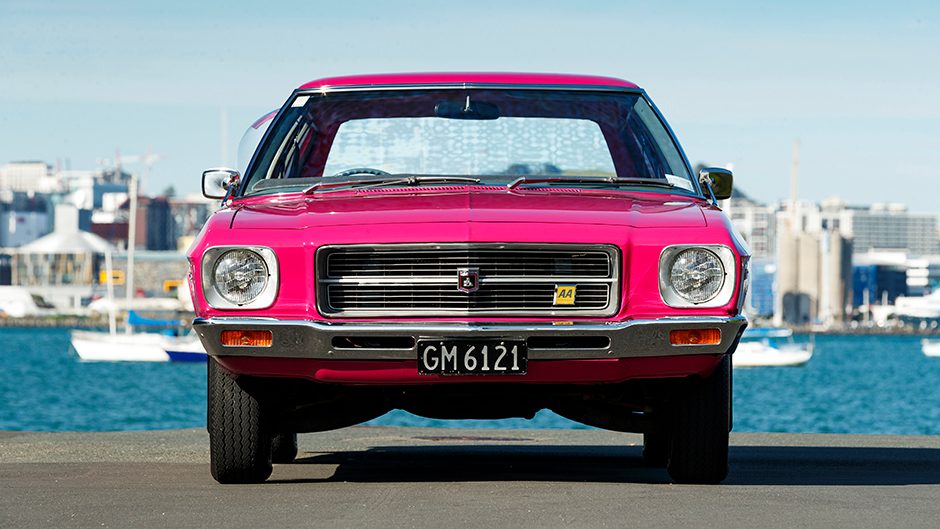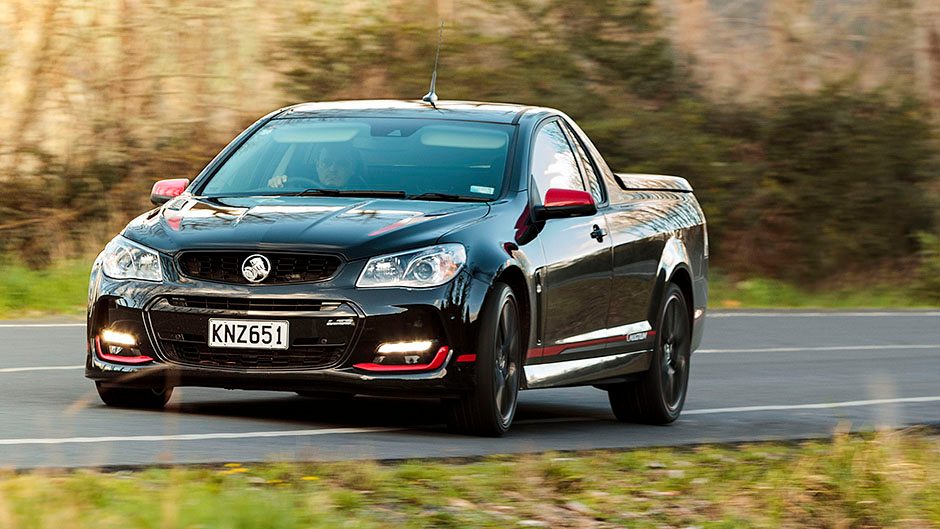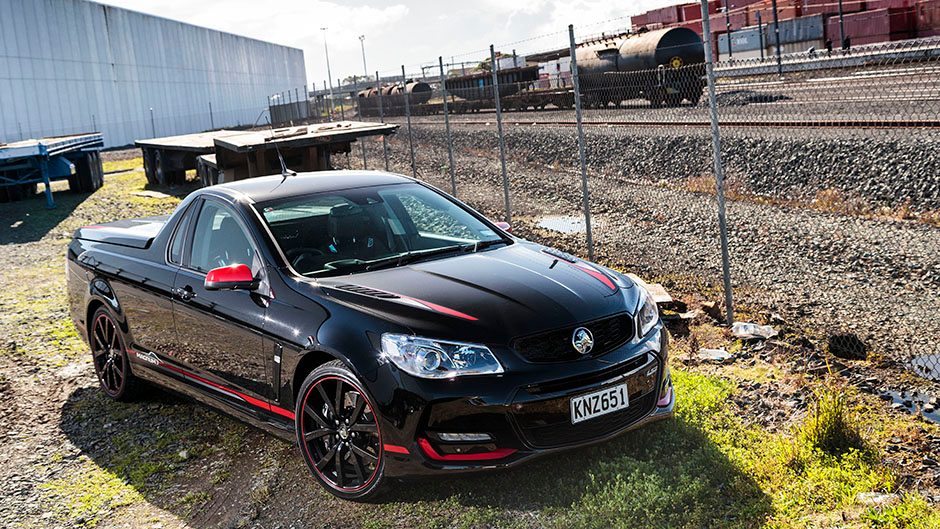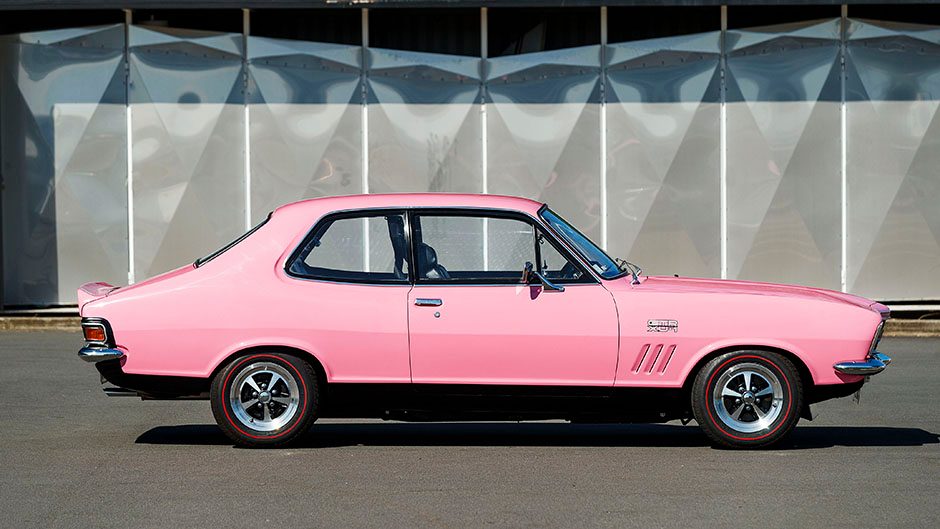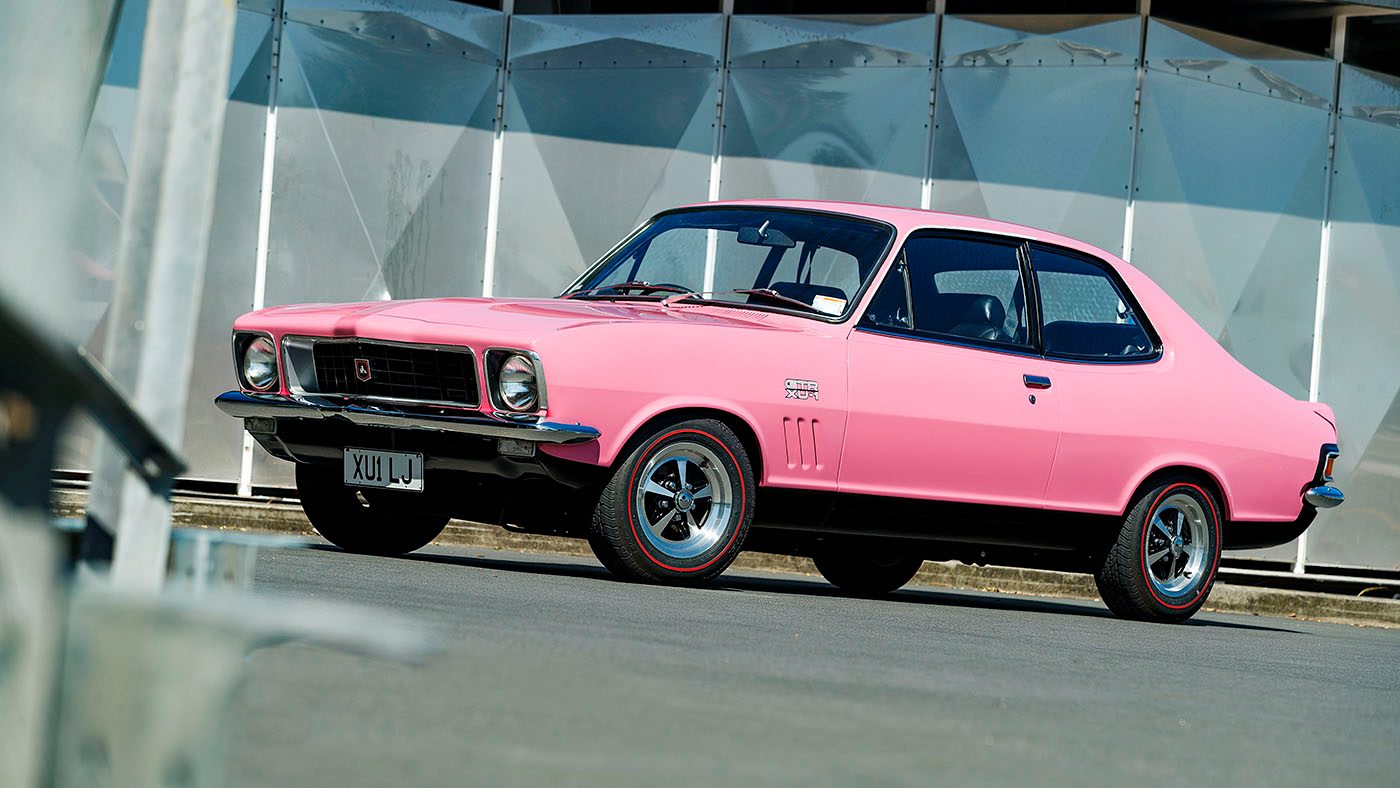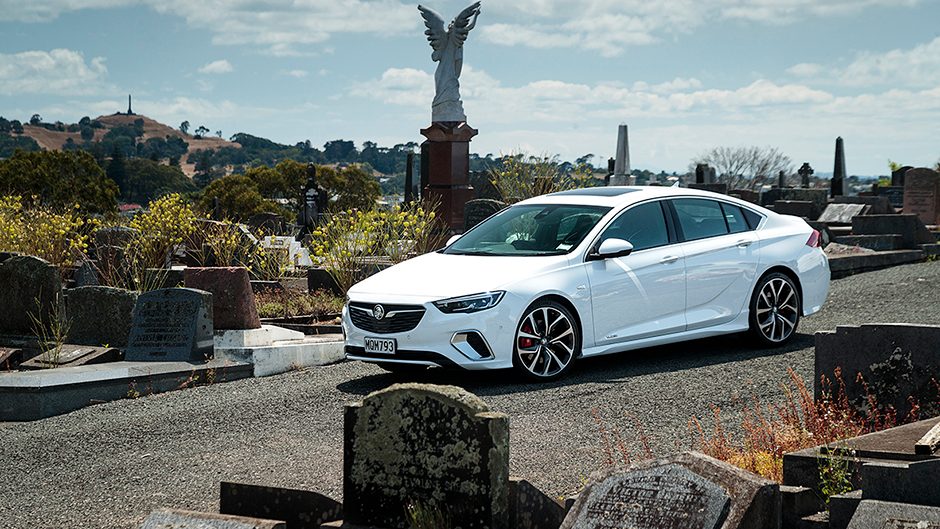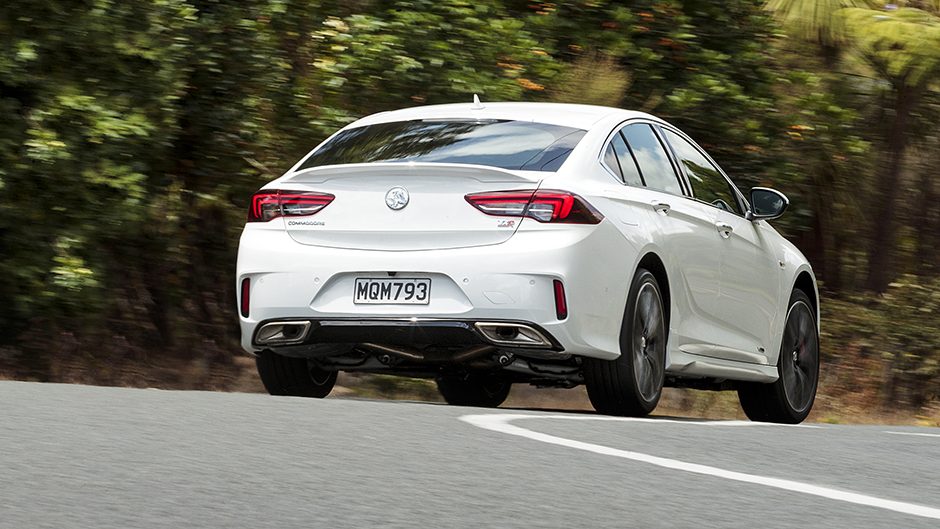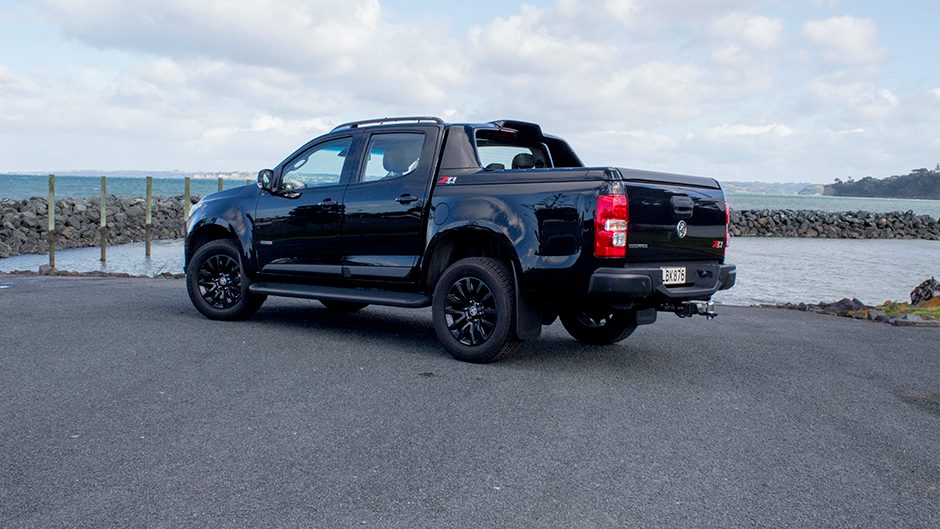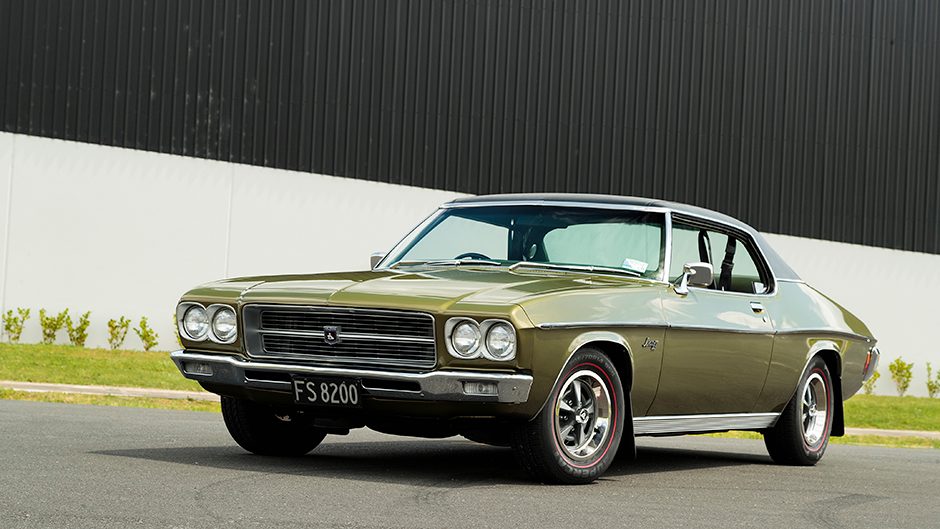Feature article
Best Holden Cars Available in NZ: Buying Guide
While you can no longer buy a new Holden, there are many second hand options. Here are 5 of the best Holden cars in NZ.

Holden might be gone, but it’s not forgotten here in New Zealand. General Motors announced it would cease Holden operations in Australia and New Zealand in 2020, blaming a combination of factors including high manufacturing costs, shifting market preferences and the need to invest in other regions. Holden was originally a saddlery, established in 1856 and became a GM subsidiary in 1931, turning out millions of cars for Downunder buyers. It designed and manufactured cars up until 2017, when GM closed its manufacturing operations in Australia. That was the beginning of the end. While you can no longer buy a new Holden, there are many second hand options here. Here are five of the best Holden cars available in NZ.
The last of the V8 Commodores
As Holden prepared to close the chapter on its V8 Commodore, it made special edition versions to celebrate the VF’s final days. These included the Director and Motorsport Editions of the sedan and also the Magnum ute. Powered by the 6.2-litre LS3 V8 making 304kW and 570Nm, the Magnum gained refinements such as an upgraded cooling system, Brembo brakes, 20-inch wheels and revised suspension. Rear spring and damper changes plus a 15mm lower ride height, improved the ride and dynamics though at the cost of payload. While Magnetic Ride Control was offered for the sedan models, it wasn’t a feature of the ute.
Inside, the Magnum gains performance seats from the Chevrolet SS and tech like an 8-inch touchscreen, HUD and various safety features. With just 291 units built (51 for NZ), its collectability is assured.
The six-cylinder V8 slayer
The Holden Torana XU-1 was a bold move by GMH, a lightweight, six-cylinder underdog challenging Ford’s V8-powered Falcon GT HO at Bathurst. Evolving from the humble four-cylinder Torana, the LC model launched in 1969 with a 2.6-litre inline-six, eventually giving rise to the sportier GTR. To replace the Monaro in racing, Holden’s Dealer Team, led by Harry Firth, developed the XU-1 with a modified 3.1-litre ‘186’ engine, triple carbs, improved brakes and suspension, and a 77L fuel tank. Despite lacking a V8, its superior power-to-weight ratio and agility gave it an edge in endurance racing.
In 1970, the XU-1 debuted strongly at Bathurst, taking a class win and third overall. Upgrades followed in 1971 and 1972, culminating in the LJ XU-1 with a 3.3-litre ‘202’ engine producing around 190hp. Holden’s V8 ambitions were thwarted by Australia’s “supercar scare,” leading instead to 200 specially-tuned Bathurst Specials. In 1972, Peter Brock claimed his and the Torana’s first Bathurst win.
Further refined in 1973, the XU-1 became a formidable force on tighter circuits and in rallying, securing four Australian rally titles and Brock’s first touring car crown in 1974. Though production figures remain unclear, around 3300 XU-1s were built, earning legend status in Aussie motorsport history.
Last Commodore ok too
Holden’s fifth-generation Commodore marked a major departure from tradition. Gone was the SS badge and its V8 engine for the top model, replaced by the VXR variant powered by a 3.6-litre V6 and equipped with all-wheel drive, a nine-speed auto and advanced chassis tech. The VXR traded raw grunt for refinement and tech, adding safety features and adaptive driving modes.
The VXR had a unique performance suspension with Continuous Damper Control offering Normal, Sport, and VXR modes. Its all-wheel-drive system used a GKN Twinster rear diff that actively distributed torque between the rear wheels, improving agility and reducing understeer. A HiPer strut front setup and five-link rear further refined dynamics, while 345mm front brake rotors and Brembo calipers enhanced stopping power. The V6 produced 235kW and 381Nm, sufficient for brisk performance, aided by the well-calibrated nine-speed transmission.
On the road, the VXR impressed with its composed ride and handling, remaining stable and grippy even when pushed hard. While it lacked the visceral punch of a V8, its sharp steering and clever AWD made for an engaging drive. With solid safety tech and reasonable fuel use, the VXR was a modern, capable evolution of the Commodore nameplate.
The Holden ute for those that don’t want a Hilux
The last of the Holden Colorados, from 2017 on, represented a major leap forward and addressed past criticisms. While the original 2012 model was okay thanks to its 147kW/500Nm 2.8-litre Duramax turbodiesel engine, it was otherwise let down by a lack of interior refinement and comfort, owing to its development roots in Brazil where rugged utility took precedence.
The facelifted MY2017 Colorado benefitted from extensive reengineering by Holden Australia. Key improvements included a sharper exterior design, better-quality interior materials, improved infotainment with Apple CarPlay and Android Auto, and significantly reduced noise and vibration. The ride quality improved too, thanks to revised suspension and the introduction of electric power steering, delivering more car-like handling.
The Z71 flagship model competes head-on with the Ford Ranger Wildtrak and Toyota Hilux SR5 Cruiser, offering similar safety tech like lane departure and collision warnings, seven airbags, and advanced hill control systems. It also boasted features such as heated leather seats, climate control, navigation and a distinctive black-themed exterior trim.
The best selling Holden ever
When Holden introduced the HQ back in 1971, it was the biggest shake up for the brand’s top model in decades with a new chassis, body and suspension design. The styling was a revelation, the HQ replacing the outdated HG, and it’s still a picture today with its subtle body creases, thin pillars, and elegant proportions. The wider, longer HQ introduced a ‘perimeter frame’ chassis, the front SLA suspension on a new subframe, the rear axle adopting coil springs and shockers for the first time on a Holden.
The model line-up consisted of the entry-level Belmont, mid-range Kingswood and top Premiere grades while the two-door Monaro, LWB Statesman and a number of commercials completed the range. Various six- and eight-cylinder engines were offered, from the 173 cubic inch six to the 350 V8 in the Monaro. Running through to 1974 (though still assembled in NZ until ’75), the HQ was an absolute hit, GMH minting 485,650 of them, making it the best selling Holden ever.
Author
Other articles you might like
